Home>Articles>How To Remove Kitchen Cabinets And Countertops


Articles
How To Remove Kitchen Cabinets And Countertops
Modified: January 19, 2024
Learn how to remove kitchen cabinets and countertops with our informative articles. Get step-by-step instructions and expert tips for a successful DIY project.
(Many of the links in this article redirect to a specific reviewed product. Your purchase of these products through affiliate links helps to generate commission for Storables.com, at no extra cost. Learn more)
Introduction
When it comes to kitchen remodeling or renovations, one of the first steps is often removing the existing cabinets and countertops. Whether you’re upgrading to new ones or just giving your kitchen a fresh look, this process is essential. However, removing kitchen cabinets and countertops can be a daunting task if you’re not familiar with the process.
In this article, we will guide you through the steps to properly remove kitchen cabinets and countertops. By following these steps and using the right tools, you can ensure a smooth and successful removal process while minimizing the risk of damage to your kitchen.
Before we dive into the step-by-step guide, let’s take a look at the tools and materials you’ll need to complete the task:
Key Takeaways:
- Properly removing kitchen cabinets and countertops requires the right tools, careful preparation, and attention to detail. By following the step-by-step guide, you can successfully complete this essential task for your kitchen renovation or remodeling project.
- Prioritize safety, take your time, and seek assistance if needed to ensure a smooth and efficient removal process. Completing the finishing touches and cleanup will leave you with a clean and organized workspace for the next phase of your kitchen transformation.
Tools and Materials Needed
- Screwdriver (standard and Phillips)
- Power drill
- Pry bar
- Hammer
- Putty knife
- Adjustable wrench
- Protective gloves and goggles
- Dust mask
- Dropcloth or plastic sheeting
Now that you have everything you need, let’s get started with the first step: clearing the workspace.
Key Takeaways:
- Properly removing kitchen cabinets and countertops requires the right tools, careful preparation, and attention to detail. By following the step-by-step guide, you can successfully complete this essential task for your kitchen renovation or remodeling project.
- Prioritize safety, take your time, and seek assistance if needed to ensure a smooth and efficient removal process. Completing the finishing touches and cleanup will leave you with a clean and organized workspace for the next phase of your kitchen transformation.
Tools and Materials Needed
Before you begin removing kitchen cabinets and countertops, it’s important to gather the necessary tools and materials. Having the right equipment on hand will make the removal process easier and more efficient. Here’s a list of the tools and materials you’ll need:
- Screwdriver (standard and Phillips): A reliable screwdriver is essential for removing screws that hold the cabinets and countertops in place. Make sure you have both standard and Phillips screwdrivers to accommodate different types of screws.
- Power drill: While a screwdriver can work for smaller cabinets, a power drill will significantly speed up the removal process. Look for a drill with a screwdriver bit attachment for easy removal of screws.
- Pry bar: A pry bar is useful for detaching cabinets from the wall or countertop. It allows you to gently separate the cabinets without causing excessive damage.
- Hammer: A hammer is handy for removing stubborn nails or knocking certain parts loose. Choose a lightweight hammer that can be easily maneuvered in tight spaces.
- Putty knife: A putty knife can come in handy for scraping off any adhesive or caulk that may be holding the countertops in place. It’s useful for separating the countertop from the base cabinets.
- Adjustable wrench: An adjustable wrench is necessary for loosening any plumbing connections that may be attached to the sink or faucet. It allows you to disconnect water supply lines with ease.
- Protective gloves and goggles: Safety should always be a priority. Protect your hands with sturdy gloves and your eyes with goggles to prevent any injuries during the removal process.
- Dust mask: Removing cabinets and countertops can create a significant amount of dust. A dust mask will help protect your lungs from inhaling harmful particles.
- Dropcloth or plastic sheeting: To prevent damage to your floors or surfaces, lay down a dropcloth or plastic sheeting to catch any debris or scratches that may occur during the removal process.
Gathering these tools and materials before you start the removal process will save you time and frustration in the long run. Now that you’re equipped with the necessary equipment, let’s move on to the step-by-step guide for removing kitchen cabinets and countertops.
Step 1: Clearing the Workspace
Before you start removing kitchen cabinets and countertops, it’s important to clear the workspace and create a safe and organized environment. This step will help ensure a smooth and hassle-free removal process. Here’s what you need to do:
- Remove all items from the cabinets: Empty out the contents of your cabinets, including dishes, utensils, and any other kitchen items. This will make the cabinets lighter and easier to handle during the removal process.
- Protect surrounding areas: Use dropcloths or plastic sheeting to cover the floor and adjacent surfaces. This will protect them from potential damage and make cleanup easier.
- Shut off the utilities: If your kitchen cabinets are connected to utilities such as gas, electricity, or water lines, you’ll need to shut them off before proceeding. This step is crucial for your safety and to prevent any accidents or damage.
- Turn off the power: If there are electrical outlets or switches located near the cabinets, turn off the power at the circuit breaker to eliminate any risk of electrocution.
- Mark the cabinets and countertops: Use masking tape and a marker to label each cabinet and countertop piece. This will help you keep track of which piece goes where during the reinstallation process.
By clearing the workspace and taking these precautions, you can minimize the risk of accidents, protect your belongings, and ensure a seamless removal process.
Once you’ve cleared the workspace, you’re ready to move on to step two: removing the cabinet doors and drawers.
Step 2: Removing the Cabinet Doors and Drawers
Removing the cabinet doors and drawers is the next step in the process of removing kitchen cabinets and countertops. This step will lighten the load and make it easier to access the cabinets. Here’s how you can remove the cabinet doors and drawers:
- Open the cabinet doors: Start by opening all the cabinet doors. This will give you better visibility and access to the hinges and screws that need to be removed.
- Remove the hinges: Using a screwdriver or power drill, unscrew the hinges from the inside of the cabinet door. Make sure to keep the screws in a safe place, as you’ll need them later for reinstallation.
- Detach the door from the cabinet: Once the hinges are removed, carefully lift the cabinet door off the hinges. Set the door aside in a safe location to prevent any damage.
- Remove the drawers: If your kitchen cabinets have drawers, open them fully and look for any screws or fasteners that are holding them in place. Using a screwdriver or power drill, remove the screws or release the fasteners to detach the drawers from the cabinet.
- Set aside the doors and drawers: Once the cabinet doors and drawers are removed, place them in a designated area away from the workspace. Cover them with a protective cloth or plastic sheet to prevent any scratches or damage.
By following these steps, you’ll be able to remove the cabinet doors and drawers effectively. This will make it easier to access the cabinets and proceed with removing them in the next step.
Now that the cabinet doors and drawers are out of the way, it’s time to move on to step three: unscrewing and removing the cabinets.
Before removing kitchen cabinets and countertops, make sure to turn off the water and electricity supply to the area to ensure safety during the removal process.
Read more: How To Install Cabinets And Countertops
Step 3: Unscrewing and Removing the Cabinets
With the cabinet doors and drawers removed, it’s time to unscrew and remove the actual cabinets from the wall. This step requires some careful dismantling and a bit of elbow grease. Here’s a breakdown of the process:
- Locate and remove the screws: Inspect the interior of the cabinets to identify the screws that are securing them to the wall. Use a screwdriver or power drill to unscrew and remove these screws. Keep them in a safe place for later use.
- Detach the cabinets from the wall: Once the screws are removed, it’s time to detach the cabinets from the wall. Gently pull or pry the cabinets away from the wall, using a pry bar if necessary. Take your time and be cautious to avoid any damage to the cabinets or the surrounding area.
- Cut through any caulking or adhesive: In some cases, you may encounter cabinets that are also held in place with caulking or adhesive. Use a putty knife to carefully cut through the caulking or adhesive, separating the cabinets from the wall. This will make it easier to remove them completely.
- Remove the cabinets: Once the cabinets are detached from the wall, carefully lift and remove them from the workspace. If the cabinets are large or heavy, it’s recommended to have someone assist you to avoid any injuries.
- Inspect the wall: After removing the cabinets, inspect the wall for any damage or leftover screws. Fill in any holes with spackling compound and sand them down to create a smooth surface for future installations.
By following these steps, you’ll be able to unscrew and remove the cabinets from the wall effectively. Remember to take your time and exercise caution to avoid any mishaps or damage.
With the cabinets out of the way, it’s time to move on to step four: detaching the countertops from the cabinets.
Step 4: Detaching the Countertops from the Cabinets
Once the cabinets are removed, the next step in removing kitchen cabinets and countertops is to detach the countertops from the cabinets. This step requires careful handling to prevent any damage to the countertops. Follow these steps to successfully detach the countertops:
- Inspect for any caulking or adhesive: Examine the area where the countertops are attached to the cabinets. Look for any caulking or adhesive that may be holding them together. If present, use a putty knife to carefully cut through the caulking or adhesive, separating the countertops from the cabinets.
- Disconnect the sink: If your countertops include a sink, you’ll need to disconnect it before removing the countertops. Start by turning off the water supply valves located under the sink. Use an adjustable wrench to disconnect the water supply lines. Place a bucket or a towel under the sink to catch any remaining water.
- Remove any additional fixtures: If there are any other fixtures, such as a kitchen faucet or a cooktop, attached to the countertops, remove them carefully. Follow the manufacturer’s instructions for disconnecting and removing these fixtures.
- Loosen the countertop screws: Look for any screws or brackets that are securing the countertops to the cabinets. Using a screwdriver or power drill, loosen these screws to detach the countertops from the cabinets. Keep the screws in a safe place for reinstallation or disposal.
- Lift and separate the countertops: With all the screws and fixtures removed, carefully lift the countertops from the base cabinets. It’s recommended to have someone assist you with this step, especially if the countertops are heavy or large in size.
Once you’ve detached the countertops from the cabinets, place them in a secure location away from your workspace. Take special care to protect the countertops from any scratches or damage during this process.
Now that the countertops are separate from the cabinets, you’re ready to move on to step five: removing the countertops from the base cabinets.
Step 5: Removing the Countertops from the Base Cabinets
Now that the countertops are detached from the cabinets, it’s time to remove them completely from the base cabinets. This step requires some careful maneuvering to ensure the countertops are safely removed without causing any damage. Here’s how to remove the countertops from the base cabinets:
- Clear the workspace: Remove any remaining items from the base cabinets, such as small appliances or kitchenware, to create a clear workspace.
- Inspect for additional attachments: Look for any screws, brackets, or clips that may be securing the countertops to the base cabinets. Use a screwdriver or power drill to remove these attachments, taking care not to damage the countertops.
- Lift and detach the countertops: With the attachments removed, carefully lift the countertops upwards to detach them from the base cabinets. If the countertops are heavy or large, it’s advisable to have someone assist you to ensure a safe and controlled removal.
- Set aside the countertops: Once the countertops are detached from the base cabinets, place them in a safe and secure location, away from your workspace. Use protective material, such as cloth or bubble wrap, to prevent any scratches or damages.
By following these steps, you’ll be able to remove the countertops from the base cabinets effectively. Remember to handle the countertops with care to avoid any mishaps or damages.
Now that both the cabinets and countertops have been removed, it’s time to move on to the final step: finishing touches and cleanup.
Step 6: Finishing Touches and Cleanup
After successfully removing the kitchen cabinets and countertops, there are a few important finishing touches and cleanup tasks to complete. These final steps are essential for ensuring a clean and organized workspace. Here’s what you need to do:
- Inspect the cabinets and countertops: Take a moment to inspect the cabinets and countertops you have removed. Check for any damage, such as scratches or dents, and make note of them for future repairs or replacements.
- Store the cabinets and countertops: If you plan to reuse the cabinets or countertops, store them in a safe and secure location. Cover them with protective material to prevent any dust or damage while in storage.
- Repair the walls: Assess the condition of the walls where the cabinets were attached. Fill in any holes or imperfections with spackling compound, then sand them down until they are smooth. This will prepare the walls for any future installations or repairs.
- Clean the workspace: Thoroughly clean the entire workspace, including the floors, walls, and countertops. Remove any dust, debris, or leftover adhesive using appropriate cleaning solutions and tools.
- Dispose of unwanted materials: Properly dispose of any materials that you don’t plan on reusing, such as old cabinets, countertops, or screws. Check with your local recycling or waste management facilities for guidelines on how to dispose of these items responsibly.
- Plan for the next steps: If you’re planning to install new cabinets and countertops, take this opportunity to measure the space, gather the necessary materials and tools, and create a plan for the installation process. This will ensure a smoother transition for your kitchen remodel or renovation.
By completing these finishing touches and cleanup tasks, you’ll have a clean and organized workspace to proceed with your kitchen remodeling project.
Congratulations! You have successfully removed the kitchen cabinets and countertops. Whether you’re upgrading to new ones or simply refreshing the look of your kitchen, this process has put you one step closer to achieving your desired results.
Remember to take your time, exercise caution, and seek assistance if needed to ensure a safe and efficient removal process. Good luck with your kitchen renovation journey!
Read more: How To Match Countertops With Cabinets
Conclusion
The process of removing kitchen cabinets and countertops can feel overwhelming, but with the right tools, preparation, and patience, it can be a manageable task. By following the step-by-step guide outlined in this article, you can successfully remove your old cabinets and countertops and prepare your kitchen for the next phase of your renovation or remodeling project.
Throughout the process, remember to prioritize safety by wearing protective gear, such as gloves, goggles, and a dust mask. Take your time to avoid any accidental damage to the cabinets, countertops, or surrounding areas. If needed, don’t hesitate to seek assistance from a friend or family member to make the job easier and more efficient.
Clearing the workspace, removing cabinet doors and drawers, unscrewing and detaching the cabinets, separating the countertops from the cabinets, removing the countertops from the base cabinets, and completing the finishing touches and cleanup are the key steps to successfully remove the kitchen cabinets and countertops.
Once you have completed the removal process, take the time to inspect the cabinets and countertops for any damage or areas that may require repairs in the future. Properly store any reusable materials and dispose of unwanted items following local guidelines and regulations.
With your kitchen now a blank canvas, you can proceed to the next stage of your kitchen renovation or remodeling project. Whether you’re installing new cabinets and countertops or exploring different design options, this process has set the foundation for transforming your kitchen to suit your tastes and needs.
Remember to plan ahead, take measurements, and gather the necessary materials and tools for your next steps. By approaching your kitchen renovation or remodeling project with careful consideration and attention to detail, you can create a beautiful and functional space that you’ll enjoy for years to come.
Best of luck with your kitchen transformation!
Frequently Asked Questions about How To Remove Kitchen Cabinets And Countertops
Was this page helpful?
At Storables.com, we guarantee accurate and reliable information. Our content, validated by Expert Board Contributors, is crafted following stringent Editorial Policies. We're committed to providing you with well-researched, expert-backed insights for all your informational needs.
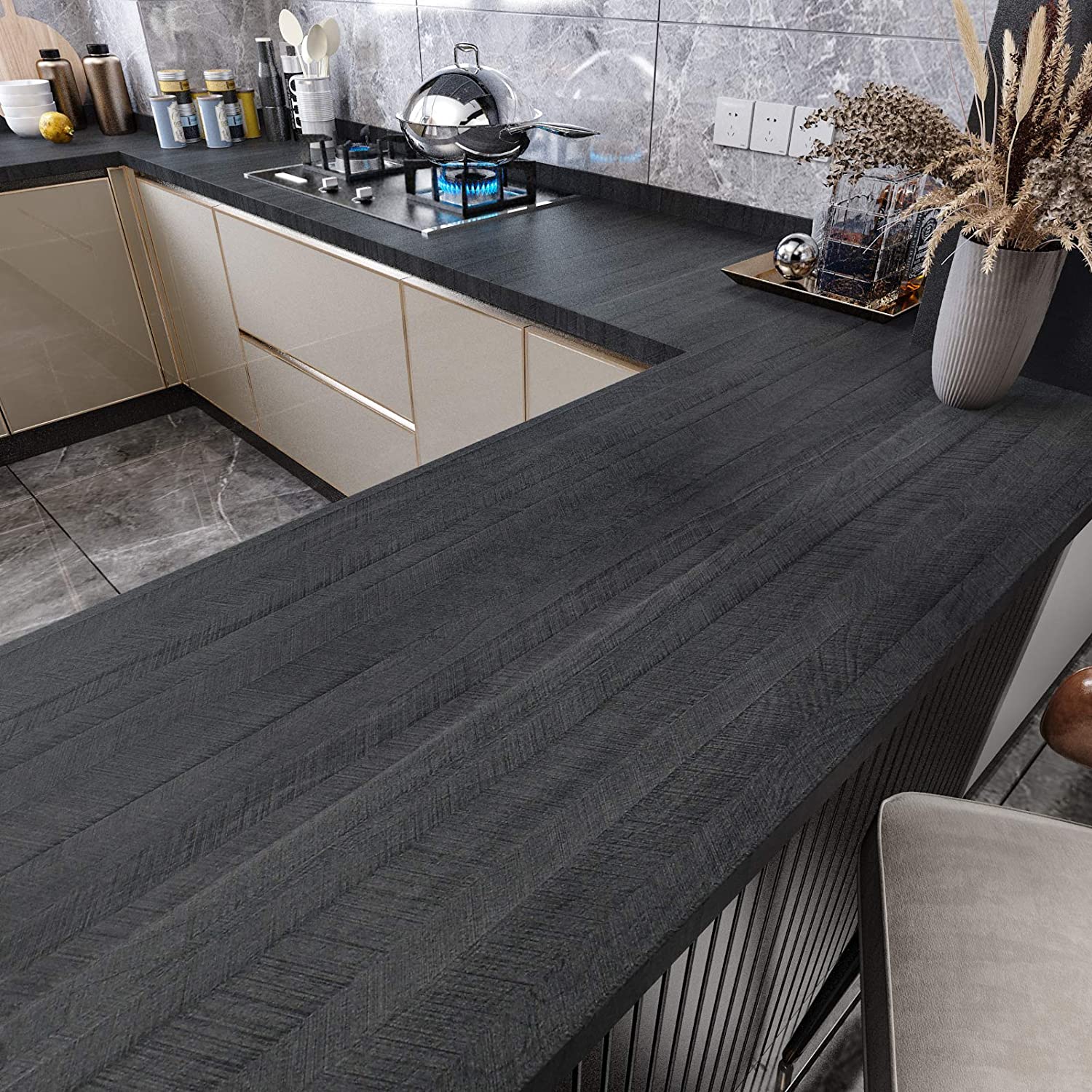
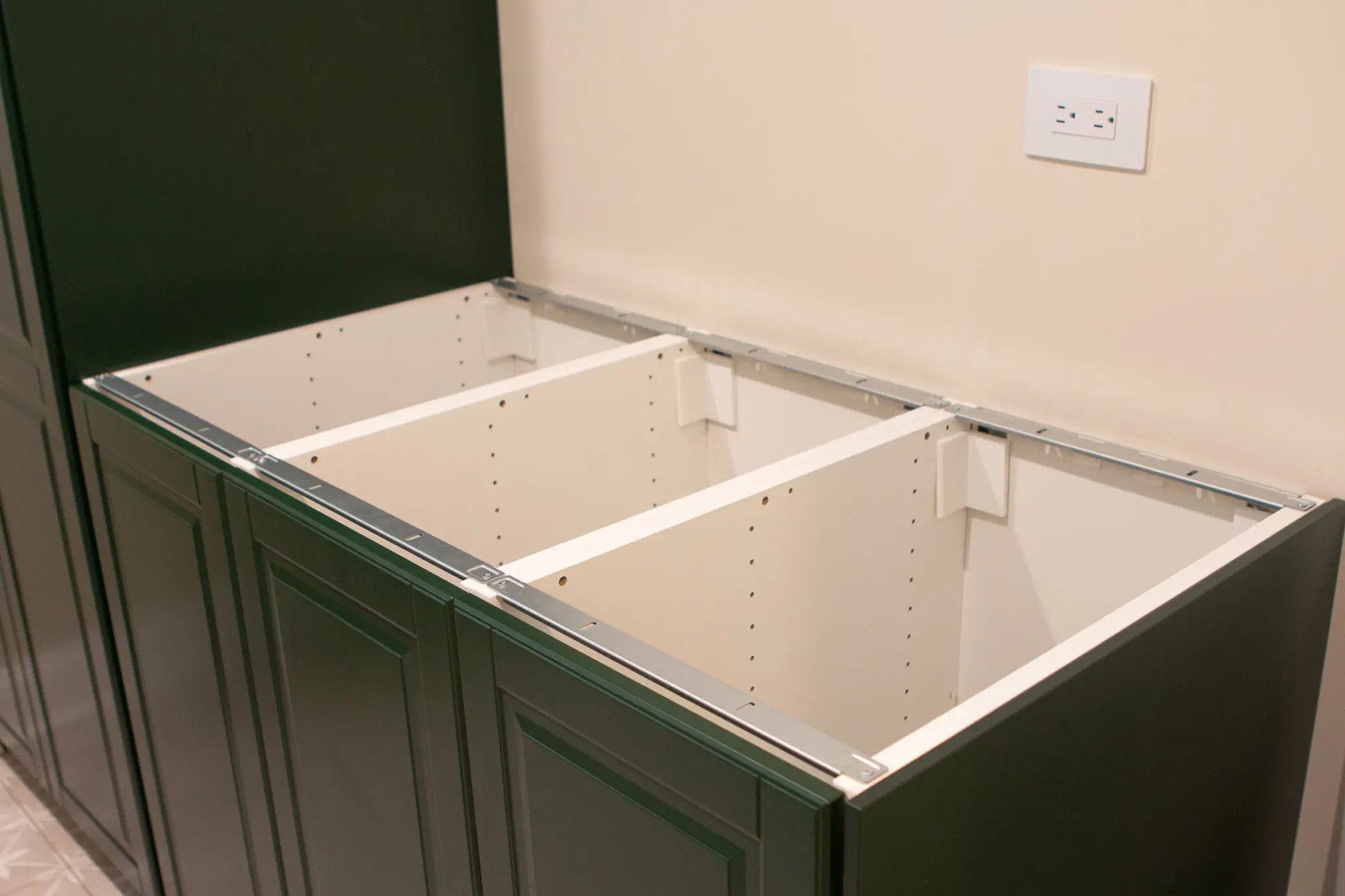
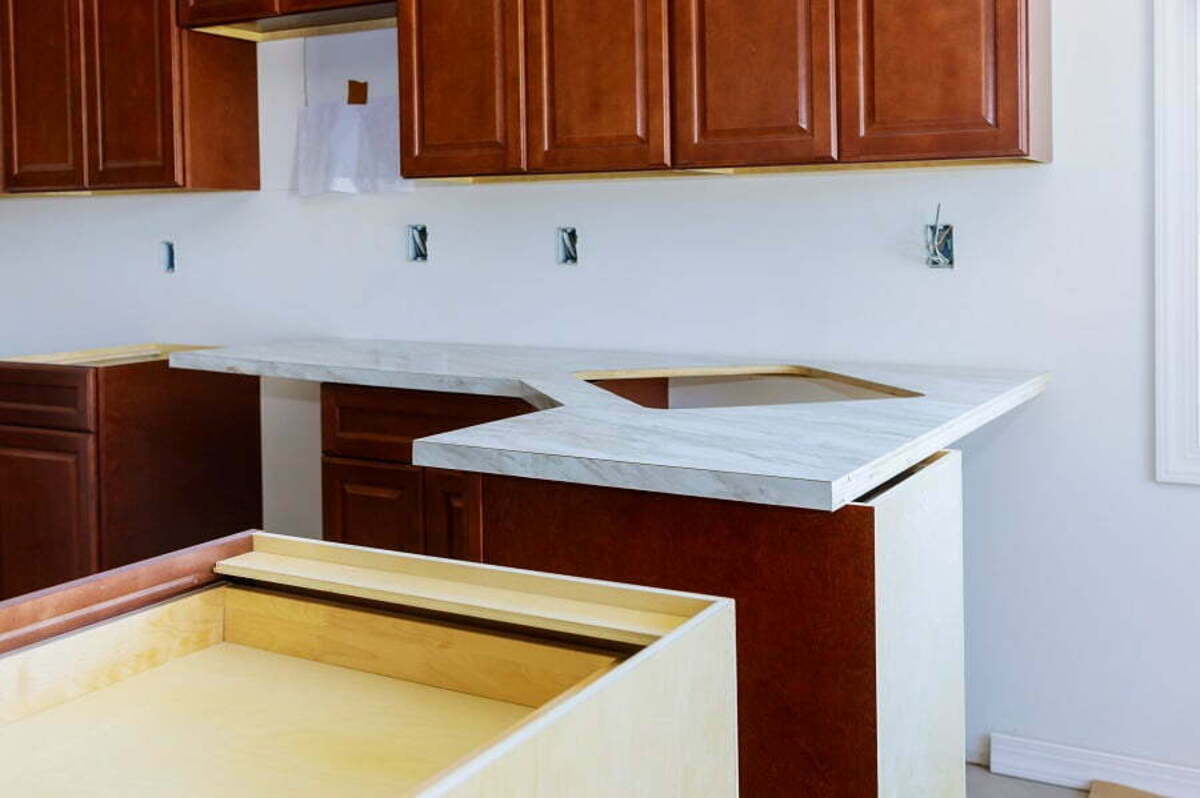
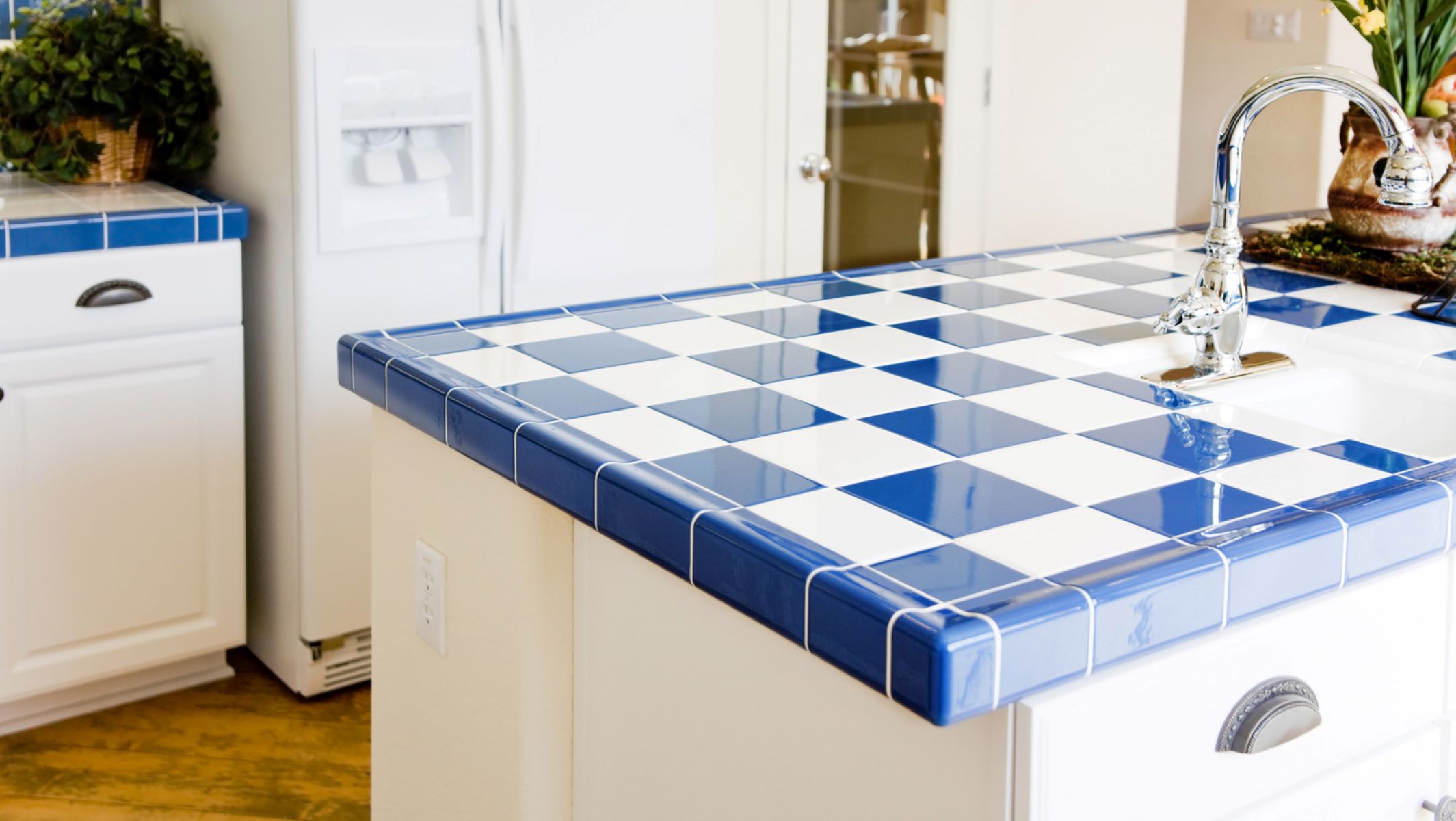

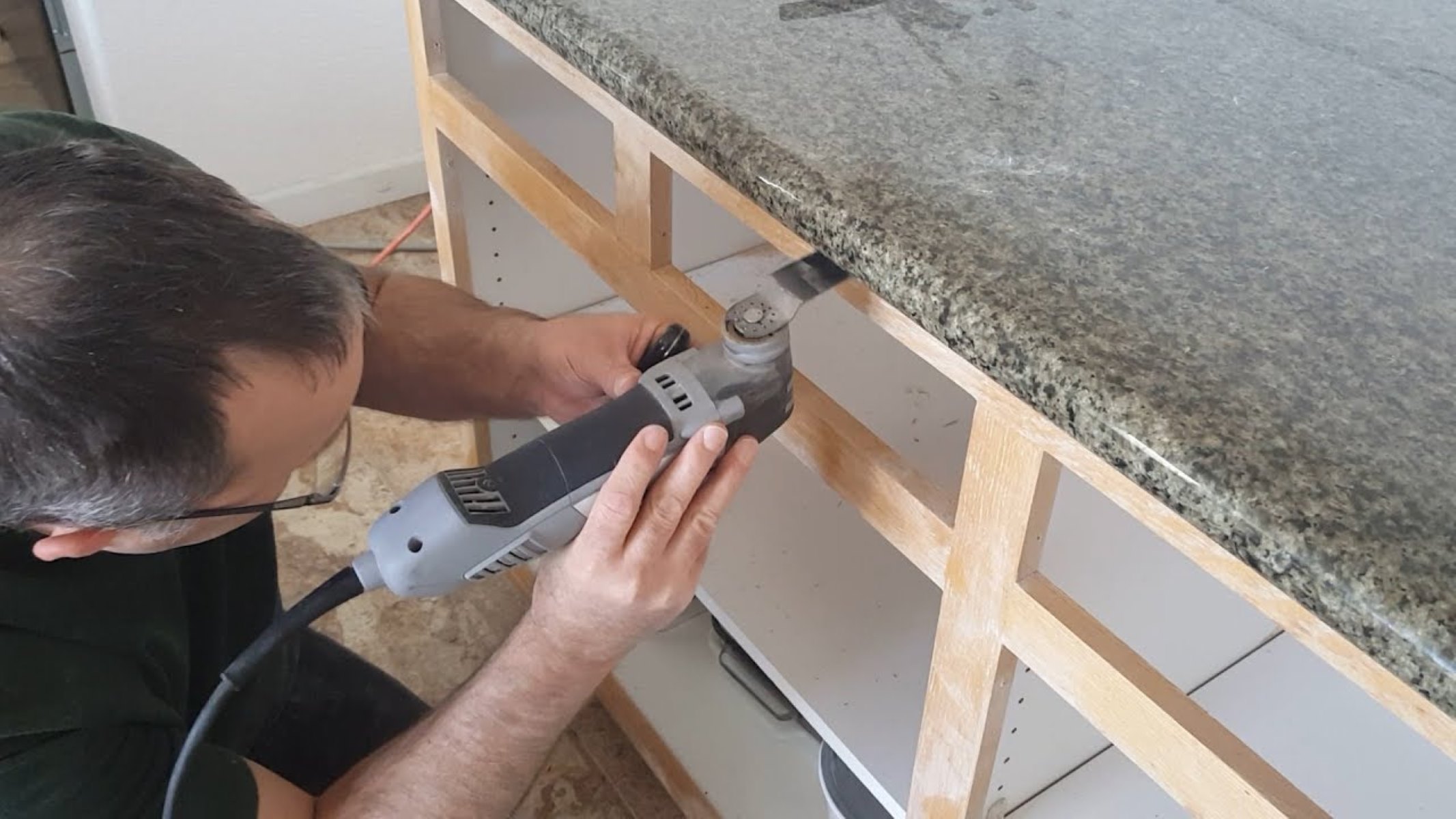
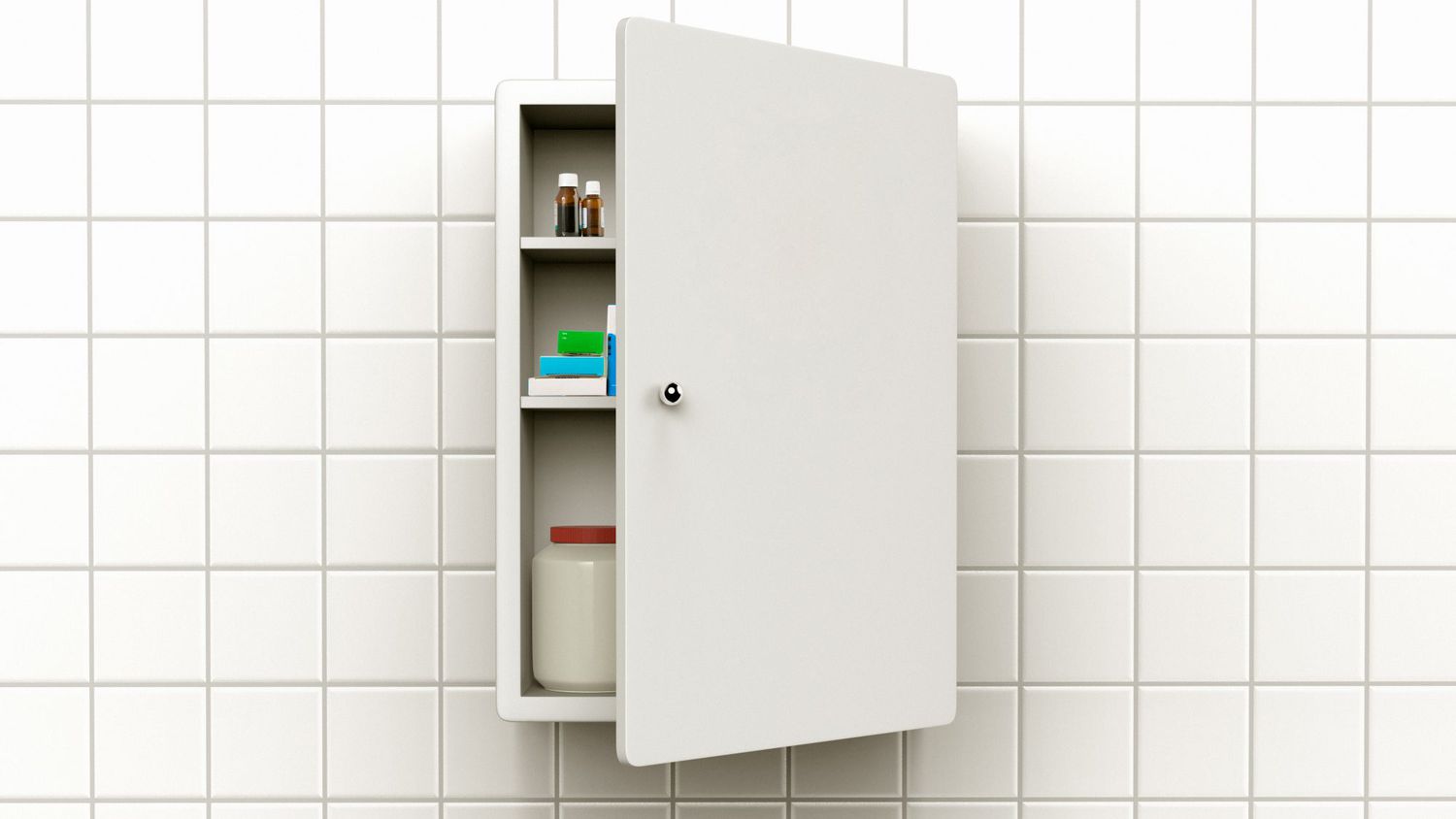
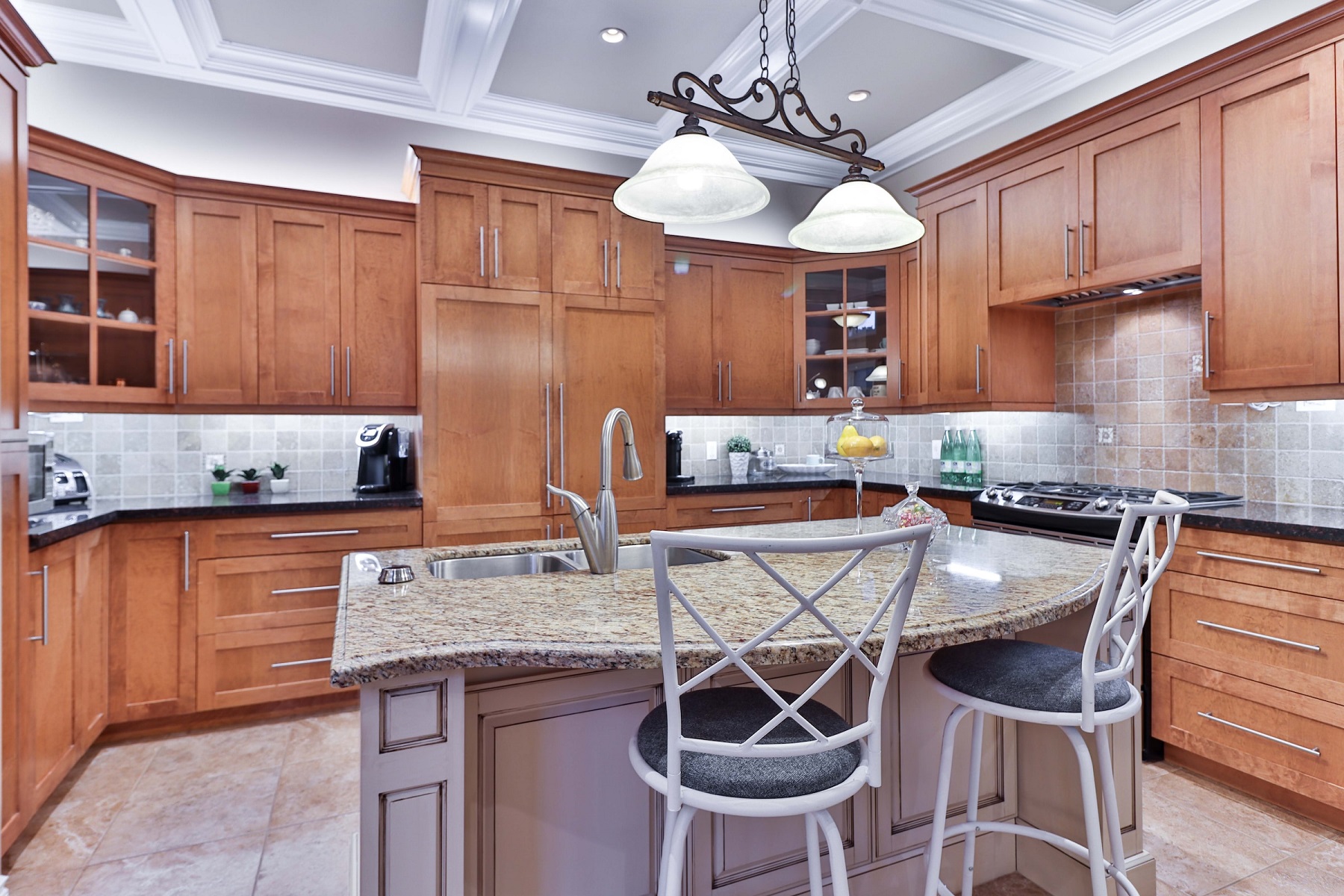
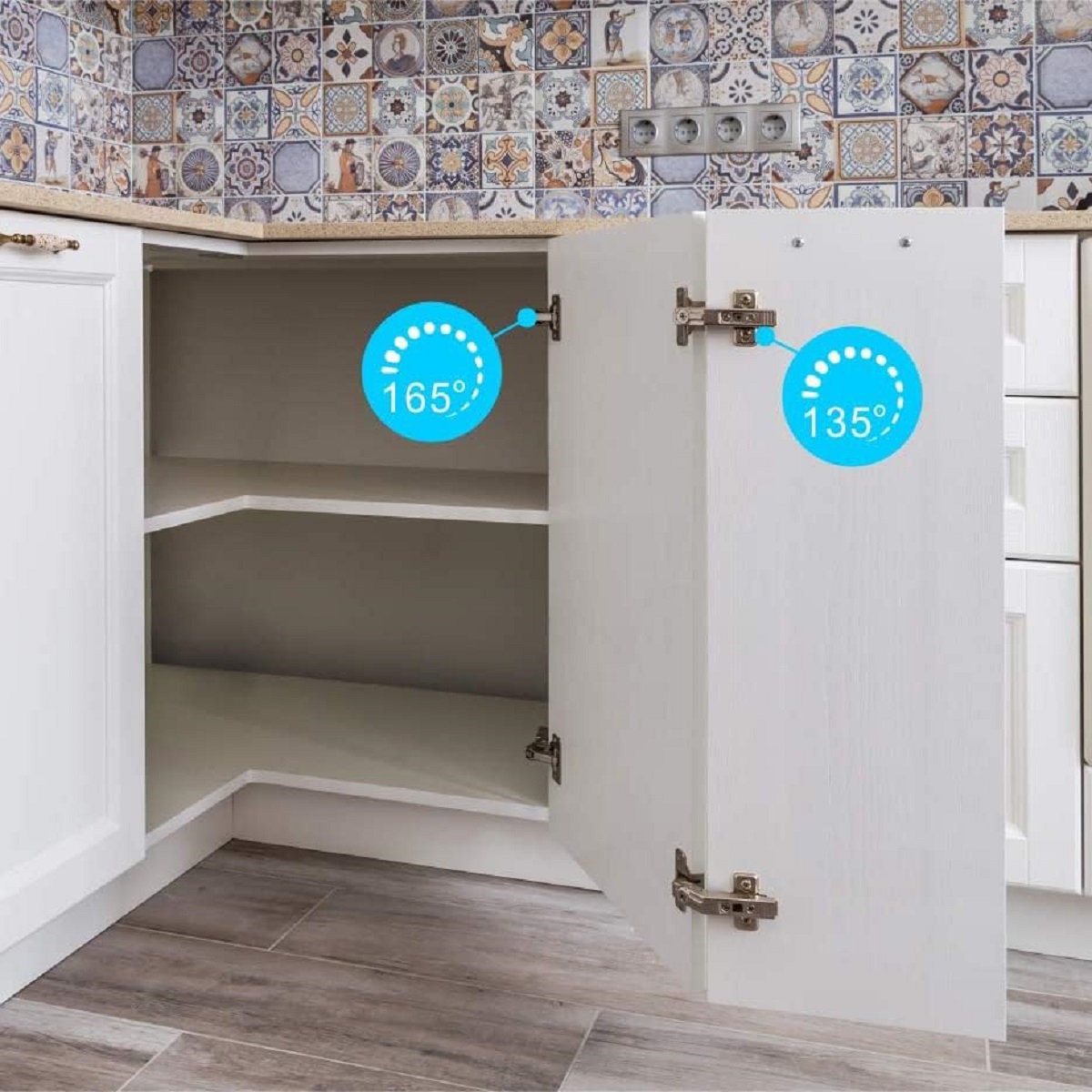
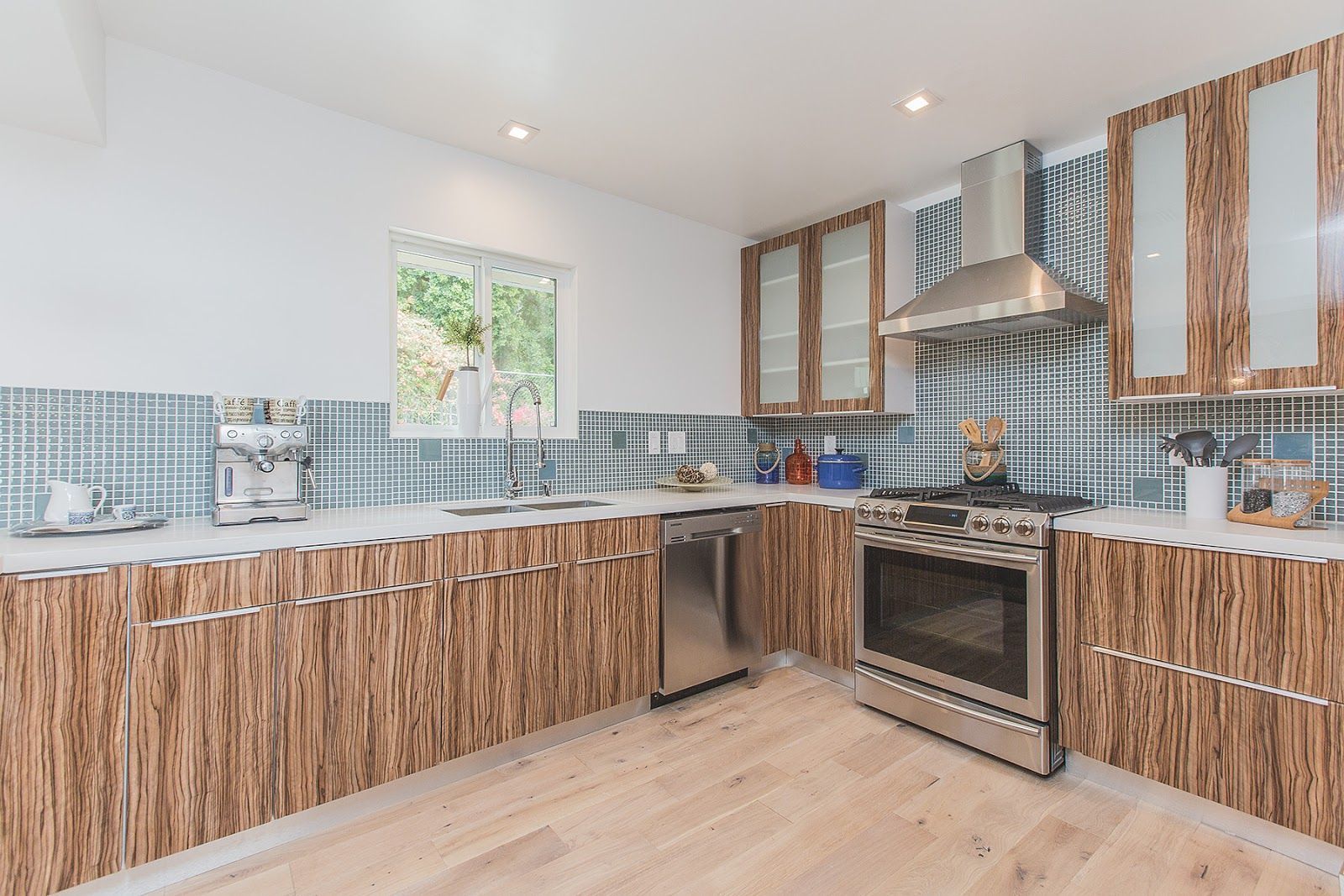
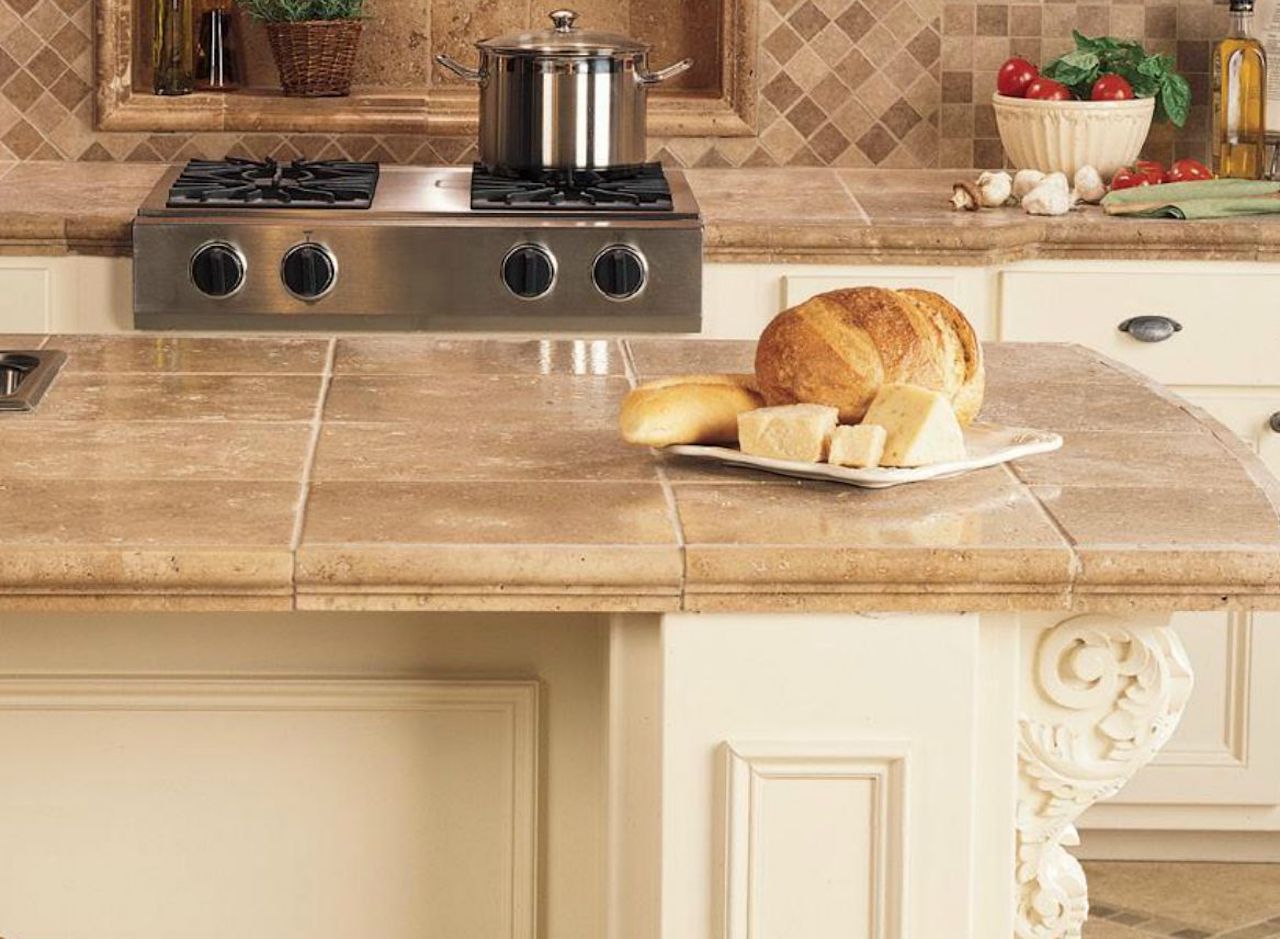
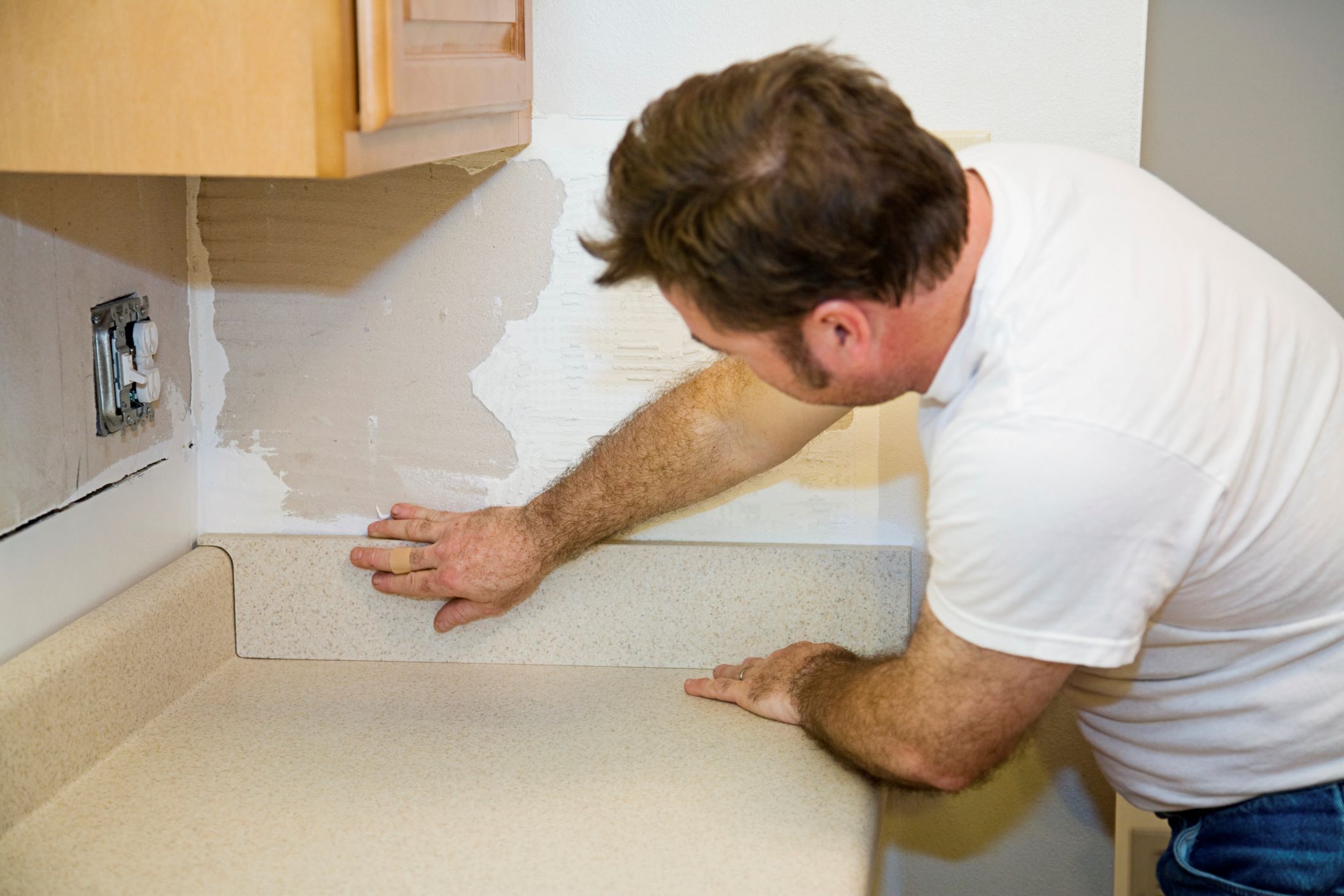
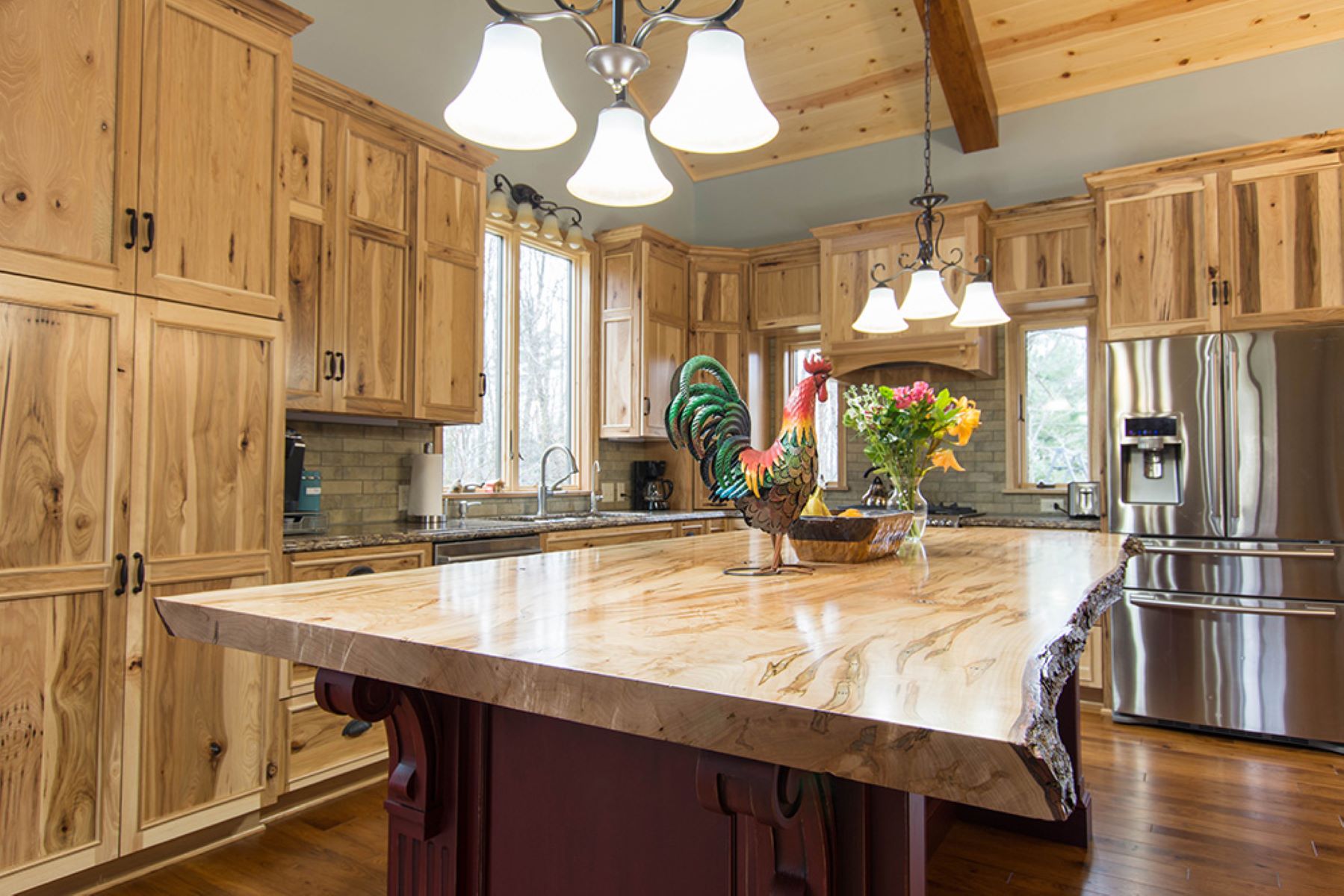

0 thoughts on “How To Remove Kitchen Cabinets And Countertops”